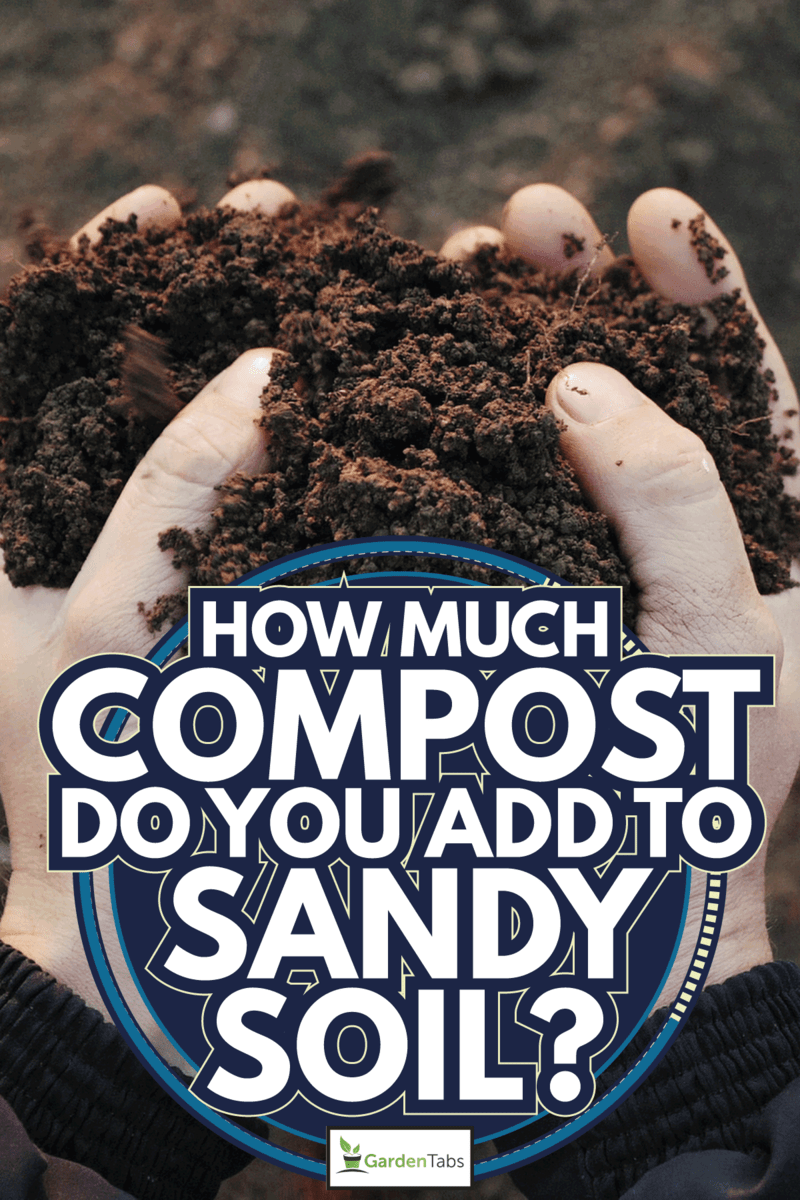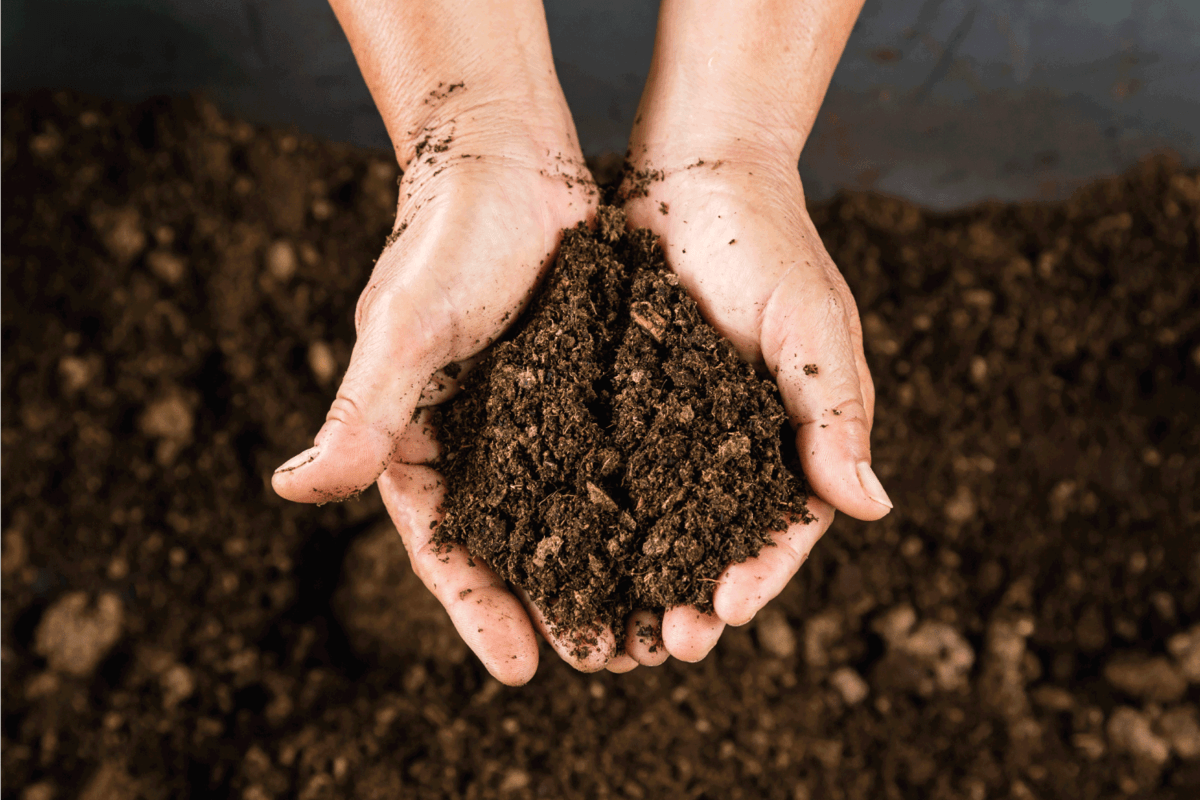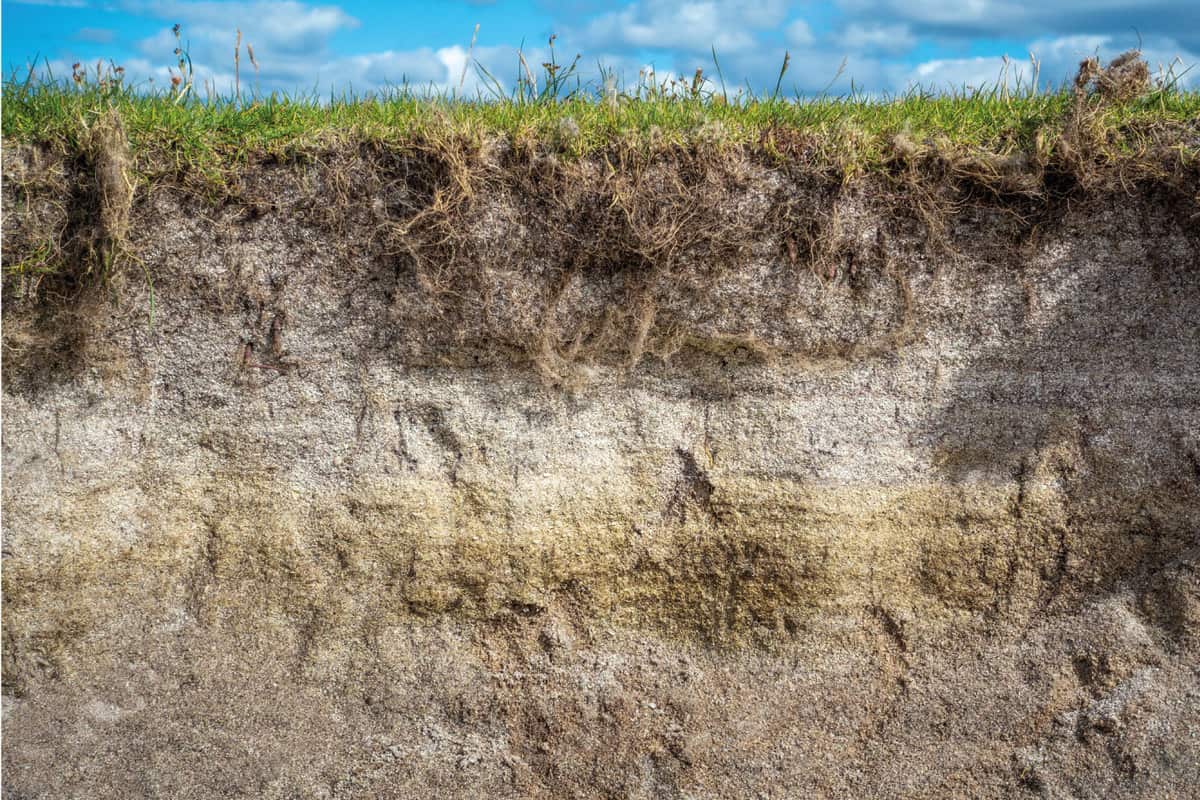If you live in an area with sandy soil, you might have found that you struggle to grow many varieties of plants. Sandy soil lacks vital nutrients necessary for plants to retain and use. There is an upside to sandy soil — it doesn't take too much to improve the quality of the soil to grow; the main component to a successful garden is compost. So how much compost do you add to sandy soil? We have completed the necessary research to give you the best advice regarding gardening in a region with sandy soil.
You will want to add three to four inches of compost to sandy soil. It is safe to leave the compost on top, but it is ideal to combine the sandy soil with the compost through tilling. By combining the compost with the sand, you get a good combination of nutrient-dense soil with proper drainage.
Since sandy soil lacks organic components that help plants thrive, there are some simple steps to make your garden flourish. In the following, we have provided more detail about improving your sandy soil and transforming it into an environment perfect for planting.

How to turn sandy soil into good soil
To turn sandy soil into good dirt, you must amend the soil. This process is defined by adding compost and other organic materials to poor soil. Amending the soil is necessary to create a growing-friendly garden. Due to the porousness of sandy soil, it is essential to water less often but for longer periods. Use a slow-release fertilizer to further supplement additional nutrients.

Another way to improve the soil is by growing a cover crop. You plant this on top of your garden with the purpose of working it back into the soil. Ideal summer cover crops are cowpeas, pearl millet, and buckwheat; winter crops include hairy vetch, mustard, and crimson clover. Right before these plants flower, till them back into the sandy soil, ultimately having a similar effect to mulch.
Below we show how vetch is used with the oat crop to improve the soil.

Are there plants that like sandy soils?
No matter what, be sure always to amend sandy soil with compost; however, there are many plants that like sandy soil. Because sandy soil has large particulates that allow for comparably more air and porosity between these particulates as opposed to dense clay soil, some plants prefer sandier soils.
Particularly, root vegetables like carrots, beets, and potatoes do well in sandier soil because it allows their roots to grow easily, and they do not like overwatering. Herbs, garlic and onions, melons, tomatoes, and peppers all do fine in sandier soils.
How do you prepare sand for planting?
Sand is not as bad as it is made out to be. It is really easy to work with and just needs a few additions to help make plants more viable. Prepare your sandy soil for planting with the following simple steps:
- Work the ground with compost or manure (three to four inches). You will want to till the compost into the sandy soil, ensuring that it is well combined.
- Plant the garden. Always make sure to choose plants that are ideal for your climate.
- Add moss or mulch to the top of the garden. This will help to insulate the plants, maintain better water retention, and keep weeds at bay.
- Water according to plant needs. Every plant has differing water necessities. Most established plants will need less water than newly planted ones.
- Apply slow-release fertilizer. This mimics nature's way of maintaining nutrients in clay soil. Some great brands include Osmocote, Dynamite, and Nutricote. Do not use liquid fertilizer, or like the water, it will just run off. Make sure to read manufacturer labels for proper application.
- Make sure to keep weeds out of the garden by regularly pulling them. Weeds are notorious for robbing the ground of the necessary nutrients and water that your plants need to survive.
- Enjoy watching your garden flourish!
You can make your own compost or purchase compost from your local gardening center or online.
Click here to purchase compost from Amazon.
If you'd like to start your own compost pile, check out our blog, 6 Best Compost Starters For Your Tumbler.
How do you prepare sandy soil for seeding?

Grass seed can't latch onto the sandy soil alone, so like planting, compost is necessary. The only difference is to place four to five inches of compost on the soil's surface instead of working it in. As with most planting, you will only want to plant in the spring or fall when it is not too cold or hot.
Follow the accompanying directions for amending sandy soil for seeding:
- Add compost to the top of the sandy soil - do not work it in. Make sure to grade the soil away from the house properly. Also, make sure there are no places that water will pool.
- Evenly spread the grass seed on top of the compost. This will help to make sure that the grass grows uniformly for a beautiful lawn.
- Wet the grass seed with a misting application so as not to disperse the seed. Keep the ground moist for two to three weeks. Do not mow until after the seed has had three weeks to establish.
- Every few years, you will want to add a little compost (one inch or so) to the top of the existing grass. This will help to work nutrients back into the lawn.
- When necessary, apply more seed in sparse areas. Wind, weather, or even birds can affect the movement of seed while it is making roots. It is almost always necessary to add more seed to some areas for even application.
- Utilize slow-release fertilizer, if necessary, but you will want to do so after the grass has had at least a month to establish itself. Read manufacturer labels for best application practices.
- As with the garden, make sure to regularly pull weeds from your grass. The weeds can take over and rob the grass of its needed nutrients. A grass-safe, weed-killing spray may be required in larger areas.
For more information and other options for growing grass, check out our blog, 9 Types Of Sod Grass That May Be A Good Fit For Your Lawn.
Does mulch help sandy soil?
Mulch helps to retain water but must not be used alone. Compost must be used in combination because sandy soil has two main problems — water and nutrient retention.
As a result, mulch used on the garden once the compost has been worked into the ground will improve water preservation and keep weeds down. It is necessary for establishing plants.
You can click here to purchase this mulch on Amazon.
There are other options for retaining water and nutrients for your plants. These options include garden vermiculite, coconut coir, and peat moss. Check out your local garden center for the best choice for your region.
Summary
In conclusion, sandy soil has a false bad rap. In reality, it is easy to improve upon to create a beautiful garden or lawn. The biggest takeaway here is to add compost to sandy soil. This simple trick will enhance the soil with organic nutrients and help plants retain water. Happy gardening!


